Tsunami Warnings, Written in Stone

Hundreds of so-called tsunami stones, some more than six centuries old, dot the coast of Japan, standing in silent testimony to the past destruction that these lethal waves have frequented upon this earthquake-prone nation. But modern Japan, confident that advanced technology and higher seawalls would protect vulnerable areas, came to forget or ignore these ancient warnings, dooming it to repeat bitter experiences when the recent tsunami struck.
BP Oil Spill, One Year On: Forgetting the Lessons of Drilling in the Gulf
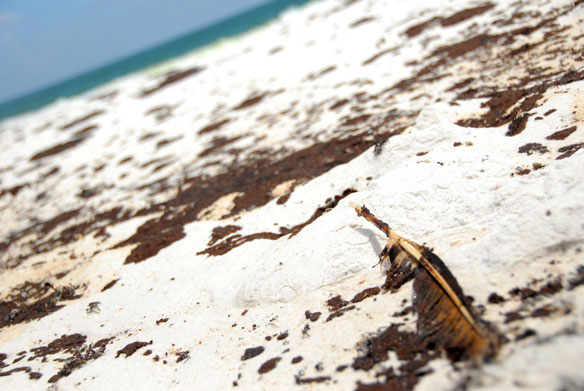
One year after the BP oil spill began, spurring 4.9 million barrels of oil into the Gulf of Mexico, making it the largest oil spill in U.S. history, it’s still far from certain that deepwater drilling has become much safer, as the environmental impact remains uncertain.
Concerns Over Sand Mining and Beaches Alterations, Chennai Coast, India
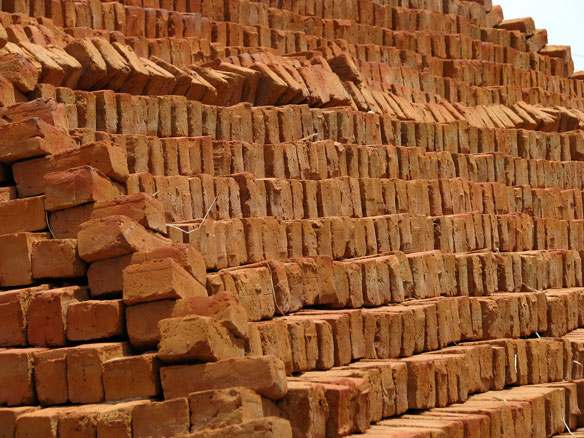
With the new Coastal Regulatory Zone (CRZ) 2011 notification, exploiting the coastline of Chennai, East of India, becomes that much more difficult. But loop holes are found everywhere, and concerns mount over sand mining and other alterations of the beaches’ natural state.
Japan Quake Caused Surprisingly Severe Soil Collapse

Near coastlines, harbors and rivers, earthquakes can make the wet, sandy soil jiggle, turning it temporarily from a solid to a liquid state, a process known as liquefaction. Japan’s soil liquefaction occurred over hundreds of miles, surprising even experienced engineers who are accustomed to seeing disaster sites, including from the recent earthquakes in Chile and New Zealand.
Asia Nuclear Reactors Face Tsunami Risk
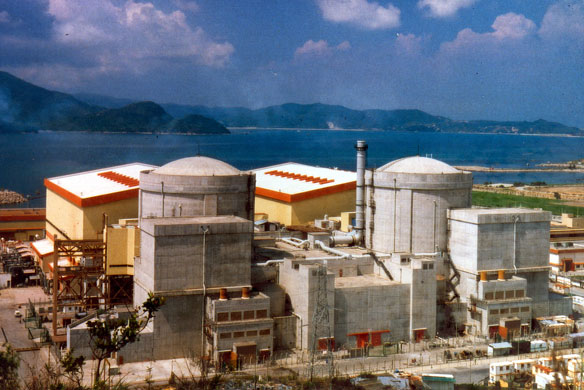
Asia, the world’s most seismically charged region, is undergoing a nuclear renaissance as it struggles to harness enough power for its huge populations and booming economies. The skeleton of what will soon be one of the world’s biggest nuclear plants is slowly taking shape along China’s southeastern coast, right on the doorstep of Hong Kong’s bustling metropolis. Like Japan’s Dai-ichi plant they lie within a few hundred miles of the type of fault known to unleash the largest tsunami-spawning earthquakes.
Tristan da Cunha islanders rescue penguins threatened by oil slick

One of the world’s most dramatic wildlife rescues is coming to a successful conclusion on Tristan da Cunha in the South Atlantic. A small, remote coastal community has worked together to save 4,000 endangered oil-covered northern rockhopper penguins, after the freighter MV Oliva ran aground, spilling thick oil.
Radioactivity Rises Again In Sea off Japan Nuclear Plant

Levels of radioactivity have risen sharply in seawater near a tsunami-crippled nuclear plant in northern Japan, signaling the possibility of new leaks at the facility, the government said Saturday.
A line in the Sand: Rebuilding Stradbroke Island After Sand Mining
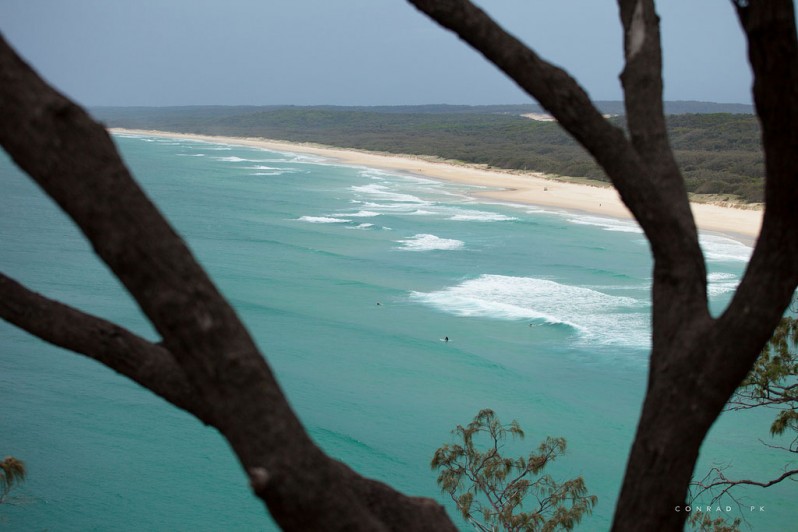
A line in the sand, that’s what the Queensland State Government is calling its decision to end sand mining on Stradbroke Island in eight years time. An ABC News video, depicting the dilemmas of a sustainable environment and a sustainable economy.
Emails Expose BP’s Attempts to Control Research Into Impact of Gulf Oil Spill
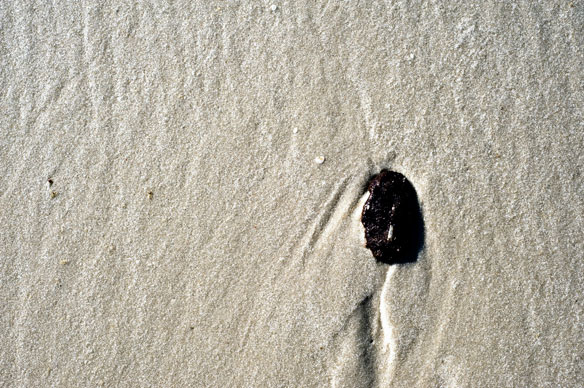
With the first anniversary of the onset of the BP oil spill coming up next week, documents obtained under the Freedom of Information Act, show BP officials discussing how to influence the work of scientists, in order to minimize the scale of the spill’s destruction in the public mind.
